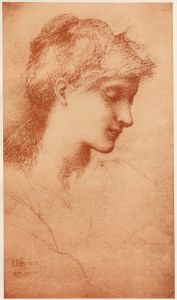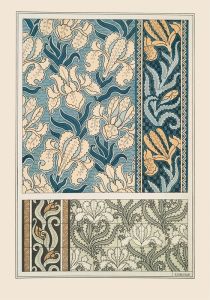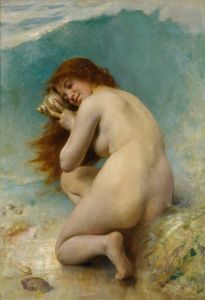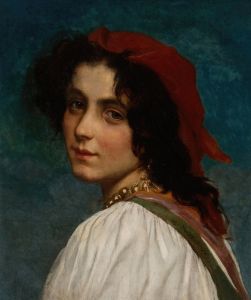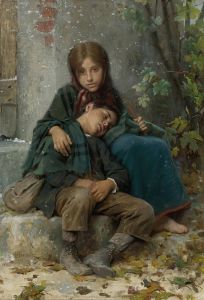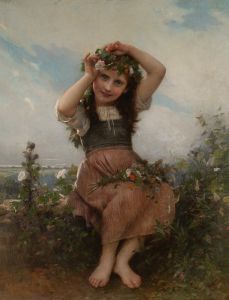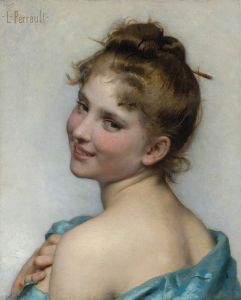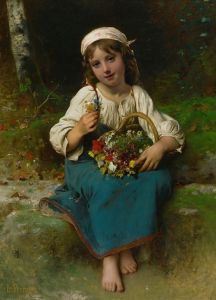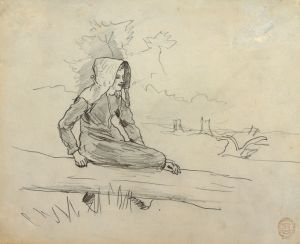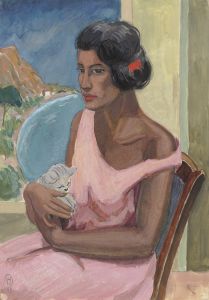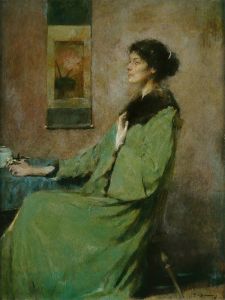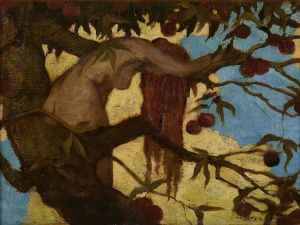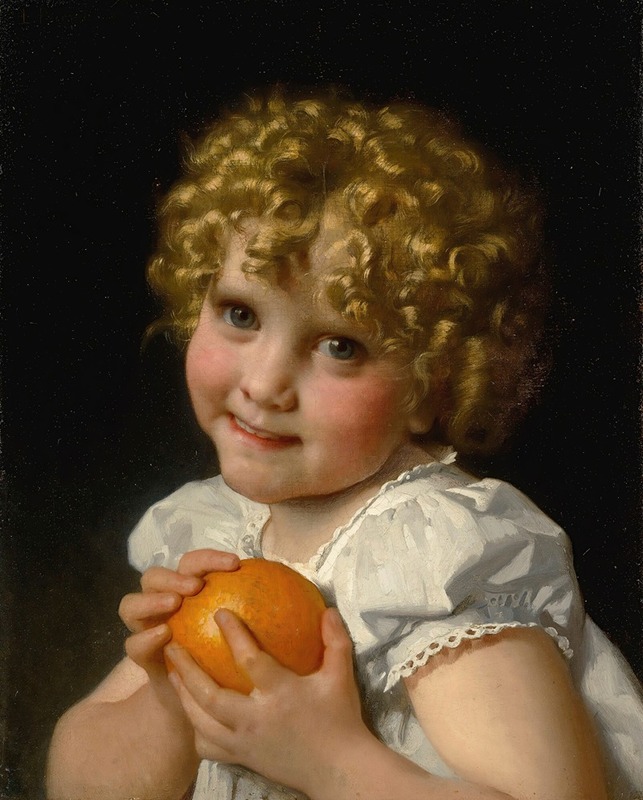
Fillette À L’orange
A hand-painted replica of Léon-Jean-Basile Perrault’s masterpiece Fillette À L’orange, meticulously crafted by professional artists to capture the true essence of the original. Each piece is created with museum-quality canvas and rare mineral pigments, carefully painted by experienced artists with delicate brushstrokes and rich, layered colors to perfectly recreate the texture of the original artwork. Unlike machine-printed reproductions, this hand-painted version brings the painting to life, infused with the artist’s emotions and skill in every stroke. Whether for personal collection or home decoration, it instantly elevates the artistic atmosphere of any space.
Léon-Jean-Basile Perrault was a French academic painter known for his detailed and emotive portrayals of children and young women. Born on June 20, 1832, in Poitiers, France, Perrault studied under the tutelage of François-Édouard Picot and later at the École des Beaux-Arts in Paris. He became a prominent figure in the academic art scene of the 19th century, exhibiting regularly at the Paris Salon and earning numerous accolades for his work.
One of Perrault's notable works is "Fillette À L’orange," which translates to "Little Girl with an Orange." This painting exemplifies Perrault's skill in capturing the innocence and charm of childhood, a recurring theme in his oeuvre. The artwork depicts a young girl holding an orange, a subject that allows Perrault to explore both the textures of the fruit and the delicate features of the child. The painting is characterized by its meticulous attention to detail, a hallmark of Perrault's style, which often combines realism with a sentimental touch.
"Fillette À L’orange" reflects the influence of the academic art tradition, which emphasized technical skill, classical themes, and a polished finish. Perrault's work is often associated with the ideals of this movement, focusing on beauty, harmony, and the depiction of idealized subjects. The painting's composition is carefully arranged to draw the viewer's attention to the girl's expression and the vibrant color of the orange, creating a sense of intimacy and immediacy.
Throughout his career, Perrault was celebrated for his ability to convey emotion and narrative through his portraits. His paintings often feature young children in serene and contemplative poses, set against simple backgrounds that enhance the subject's presence. This approach allows the viewer to engage directly with the subject, evoking a sense of empathy and connection.
Perrault's work, including "Fillette À L’orange," was well-received during his lifetime, earning him numerous awards and honors. He was made a Chevalier of the Legion of Honor in 1887, a testament to his contributions to French art. His paintings were popular among collectors and continue to be appreciated for their technical excellence and emotional depth.
Despite the acclaim he received, Perrault's work, like that of many academic artists, fell out of favor with the rise of modern art movements in the early 20th century. However, there has been a resurgence of interest in academic art, and Perrault's paintings are once again being recognized for their artistic merit and historical significance.
Today, "Fillette À L’orange" and other works by Léon-Jean-Basile Perrault can be found in private collections and museums, where they continue to captivate audiences with their timeless beauty and poignant portrayal of childhood. Perrault's legacy as a master of academic painting endures, and his works remain a testament to the skill and artistry of 19th-century French painters.





